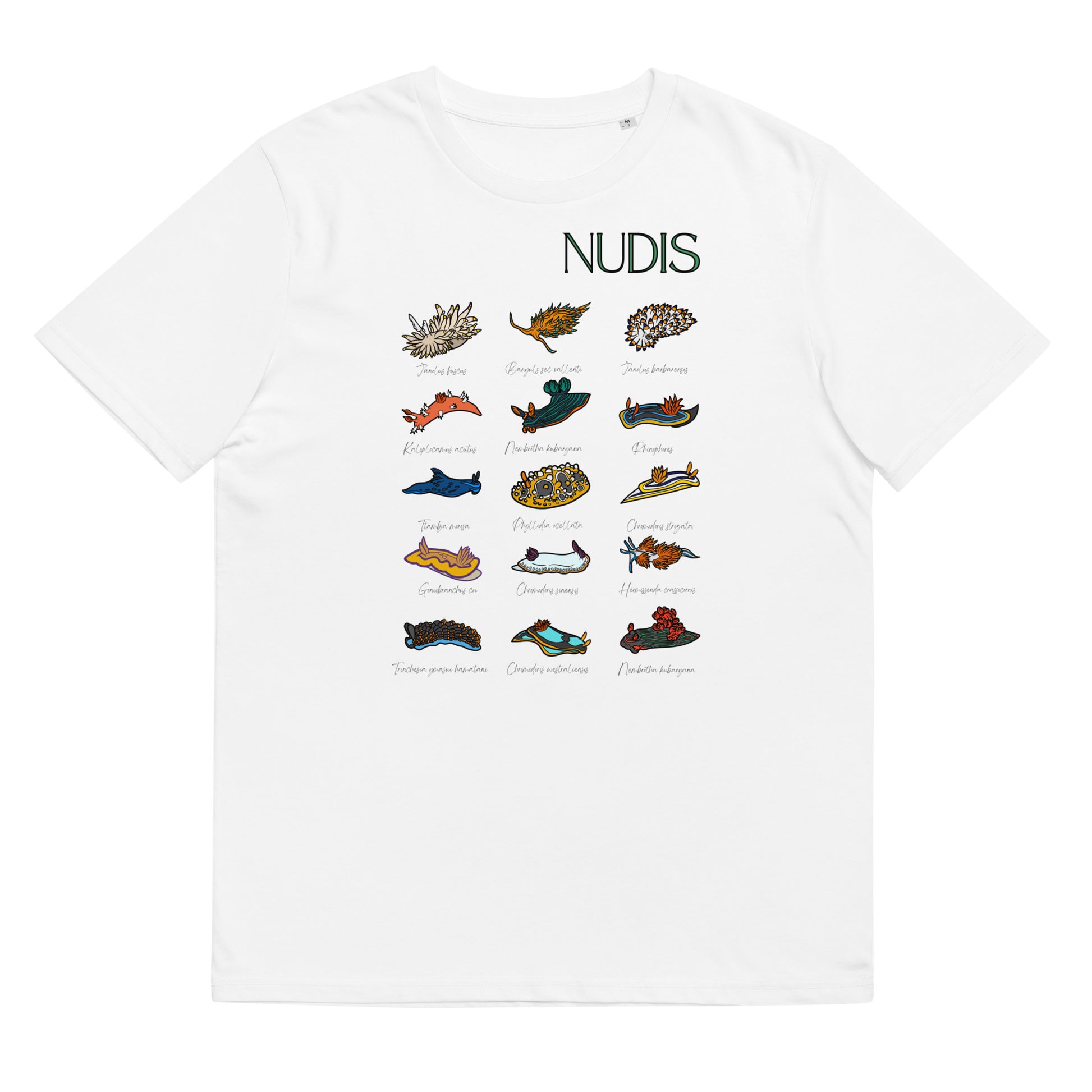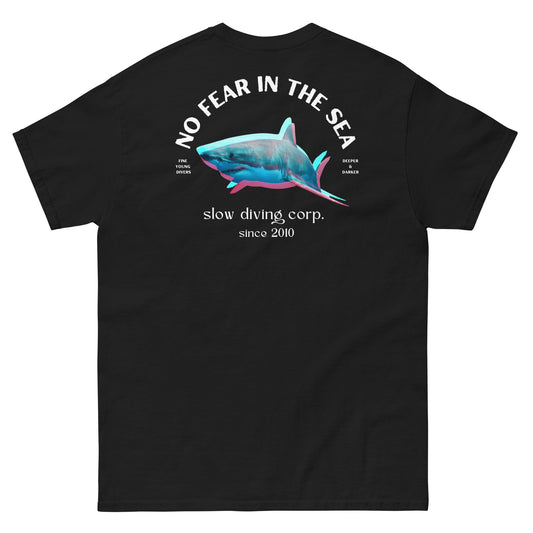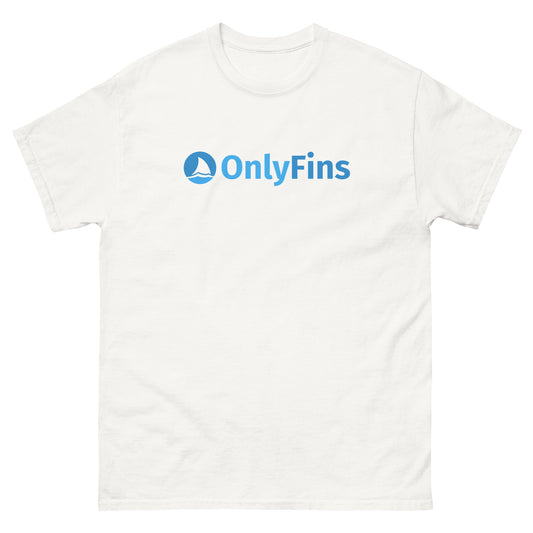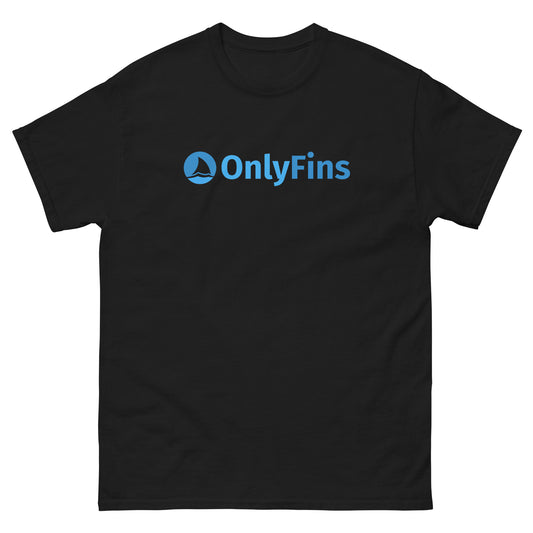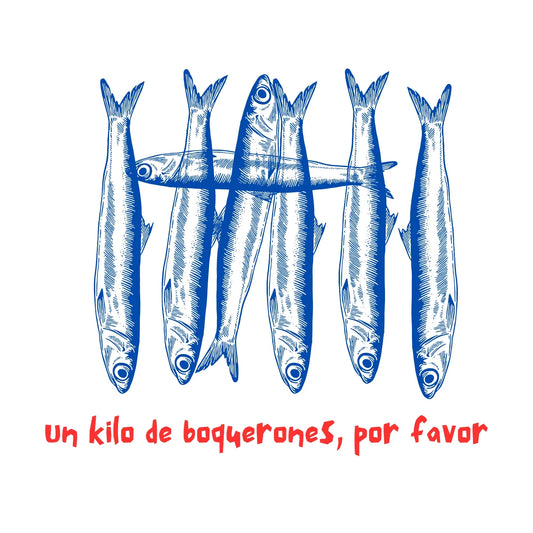Komodo Island is known around the world for its famous dragons, the Varanus Komodoensis, but not so much for its marine biodiversity. This small Indonesian island of just 2,000 people is part of the national park of the same name and has some of the most nutrient-rich waters in the world. Formed by 200,000 square miles of marine reserve, it receives two streams rich in nutrients, Pacific Ocean stream that mixes with the warm waters of the Indian Ocean to create a paradise for pelagic species looking for food in abundance. These currents and its privileged location in the middle of the Coral Triangle, provides that extraordinary biodiversity that has given the category, since 1991, of World Heritage by UNESCO.
Komodo is bathed by crystalline waters, now protected, that welcome pelagic species of great value and the most rare critters of our ocean: green turtles, mime octopus, humphead wrasse, harlequin shrimps, sweet lips fish, porcelain crabs, spotted rays, many different species of frogfish (some of the largest in the world can be seen here), reef sharks, lots of manta rays, the dangerous blue ring octopus, scorpion fish, decorated prawns, boxing crabs… Komodo, much more than its famous dragons.
The Komodo National Park consists of three large islands: Komodo, Rinca and Padar, which together with 26 other islands were declared a nature reserve in the 1980s to protect the famous Komodo dragons, and later declared a World Heritage Site to protect its healthy and spectacular coral gardens full of colorful life.
T-shirts designed by divers for divers - Woldwide Shipping!
VIEW MORE T-SHIRTS FOR DIVERS
Diving in Komodo can only be done on liveaboards, which allow you to access healthy reefs to dive in a macro photography paradise highly appreciated by marine biologists and nature lovers. On this island, one of the 7 natural wonders of the world in 2011, you will find one of the most professional diving networks in the world, where you can even find luxury boats built in the traditional Indonesian way, specially equipped for underwater photographers, and where you will have some of the best dives of your life.
It is one of the best dive destinations in Indonesia, but not recommended for open water divers as it has strong currents due to the mixture of waters from different oceans, and can have cold waters in the south of the national park, but there is no doubt that it is one of the most interesting dive sites in Indonesia where you can dive all year round.

The Komodo coral reefs are some of the most healthy and protected in Indonesia
Book Your Diving Trip to Komodo at the Best Price
SEE ALL DIVING OFFERS IN RAJA AMPAT
The overall tone in Komodo is the great color and contrast of rocks and black volcanic sand with huge gorgonians and coral colonies full of light. During your dive trip to Komodo you will also get the contrast of diving with large pelagic species such as manta rays with the smallest and most enigmatic species such as the blue ring octopus or the bizarre colors of numerous invertebrates. Komodo has a lot to offer in just one week of diving: world-class muck diving, thrilling drift dives where you will need your reef hook, walls that disappear into the blue, visibility up to 30 meters, caves, unique night dives full of life... oh, and the dragons, almost forgot. You will also see dragons.
BEST DIVING SPOTS IN KOMODO
"Batu Bolong" is located in the north of Komodo and is considered one of the best dive sites in Komodo, both for its abundance of life and for the quality of its coral gardens. Hard corals and sponges cover the walls of this pinnacle where humphead wrasse and whitetip sharks come to feed and where thousands of small reef fish fight for space and food. Hawksbill turtles, sweet-lips fish, protected surgeonfish, gray sharks... If the current is not too strong, this will be an unforgettable dive.
"Castle Rock" and "Crystal Rock" are two of the most popular dive sites in Komodo. Very clear waters with great visibility and soft coral gardens of extraordinary beauty. In these two spots, where the current can also be strong, the coral gardens amazed me more. They were seasoned with beautiful reef fish, batfish, blacktip sharks, large banks of groupers, fusiliers or tuna. Truly amazing dive sites!
Both Bali and Komodo welcome the strangest and most beautiful creatures of the ocean
"Cannibal Rock" gets its name from the large dragons of the coast that live on the island next to this site. The most interesting thing about this site is its muck diving and macro opportunities. You can find all kinds of huge frogfish, nudibranchs, pygmy seahorses, green turtles, rhinopias (if you are lucky), clownfish dancing in their anemones and a seabed plagued by spectacular sea apples (Pseudocolochirus Violaceus).
The Best Gifts for Divers - Worldwide Shipping!
SEE MORE GIFTS FOR DIVERS
One of the most surprising dives due to its orography is "Hot Rocks". This area, crowned by the Gunung Api volcano, gives the seabed a spectacular contrast of colors. Black rocks covered with colorful corals, both soft and hard, give a halo to this dive that would be worth it just to see the geographical environment. Hot Rocks is a festival of soft fluorescent corals together with gorgonians of intense reds. You'll also find interesting the bubbles coming from the seabed, leaving this young volcano still alive. Do not forget to touch the hot seabed!
"Manta Alley" is located on the south coast of Komodo Island and is, as the name suggests, a manta ray dive site. As in other areas of Indonesia such as Bali, the mantas are attracted to this area of Asia by the plankton-rich currents. We have dived there with up to 15 of these majestic, very curious, peaceful animals in a very intimate and unforgettable experience. Manta Alley is an area of shallow but strong currents where you can also dive with reef sharks, large parrotfish or barracudas dancing on a stage of coral. Undoubtedly a dive not to be missed in Komodo.
"Sangaung Island" is a volcanic island with a black lava floor that has extraordinary visibility, probably the best in all of Komodo. It has amazing vertical walls full of gorgonians and large colonies of corals and sponges where large and spectacular nudibranchs, frogfish and seahorses live. A spectacular color contrast muck dive site!
Muck diving lovers will also appreciate "Horseshoe Bay", a surprising dive site for the large number of frogfish in a thousand shapes and sizes. There you can see the incredible mimic octopus, flamboyant cuttlefish, ghost pipefish or spectacular seahorse colonies. Although the visibility is not good, it is worth it for the great macro opportunities it offers.
"End of the world" is a 40 meter vertical wall decorated with corals and small caves patrolled by reef sharks, rays and many moray eels of different species & sizes. The spectacular black sandy bottom is constantly scoured by rays in search of mollusks and vertebrates.
The best dive site northeast of Komodo is "GPS Point", where pelagics play a special role. Barracudas of extraordinary size, hammerhead sharks (if you are very lucky) or tuna make up a show like nowhere else in Komodo. You will also find colorful invertebrates wandering in dense fields of staghorn coral gardens full of anthias, humphead wrasse, batfish, gray and nurse sharks or large snappers.
The "Yellow Wall of Texas" is a wall that runs along the east coast of Nusa Kode, south of Rinca Island. Its shallow waters are filled with colorful reef species such as butterfly fish, clownfish or clown triggerfish are some of the attractions of this area along with reef sharks or green turtles.
Komodo is one of those places you have to dive before you die, a unique place in the world that combines the best macro diving with some fascinating pelagic creatures. A must dive destination for any ocean lover.


